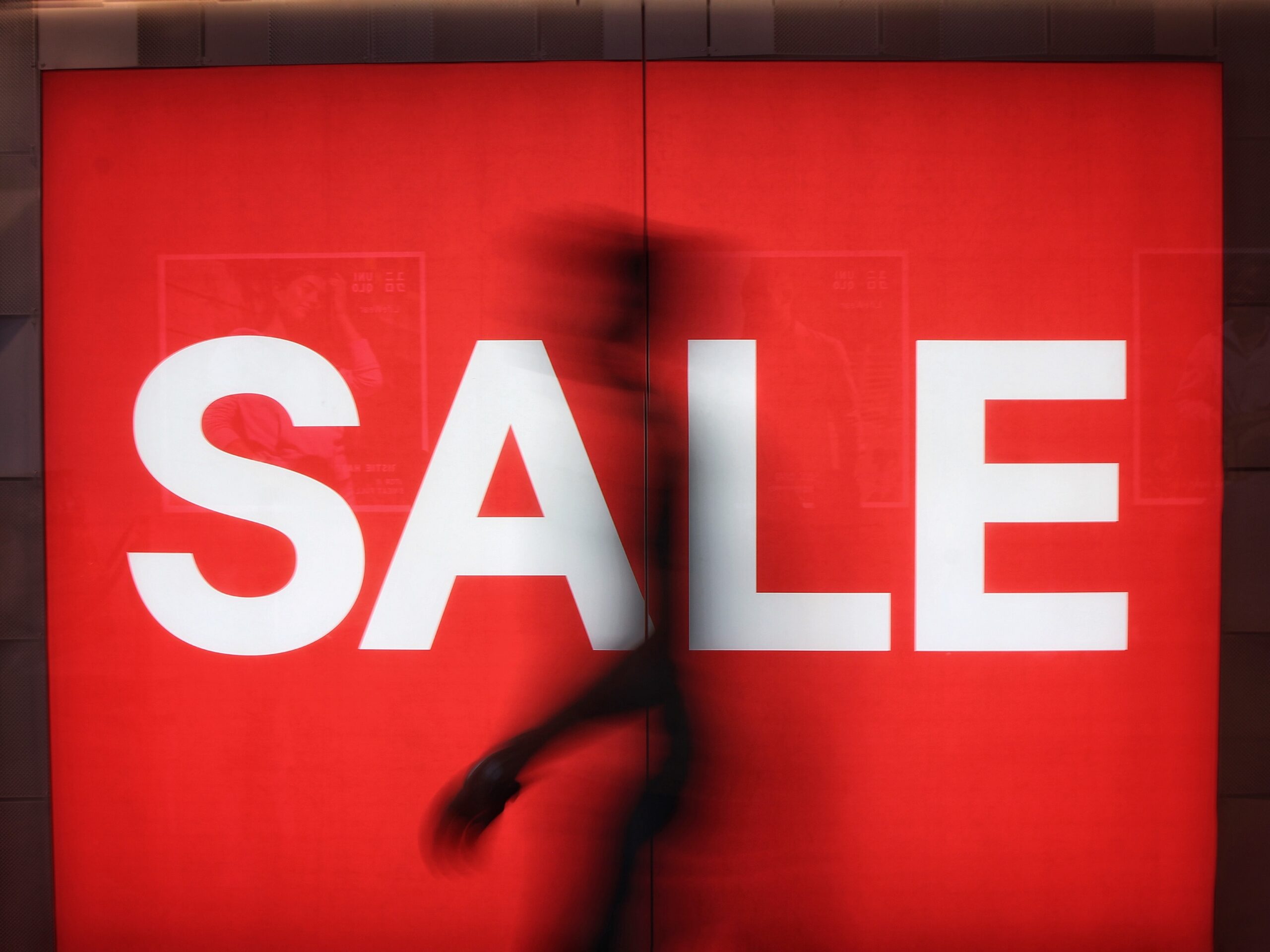Black Friday weekend (aka Thanksgiving weekend) 2019 gave many retailers to celebrate.
According to the National Retail Federation, a record 189.6 million U.S. consumers shopped from Thanksgiving Day through Cyber Monday, a 14 percent increase over 165.8 million in 2018. Consumers spent $361.9 billion, a 16 percent increase over $313.29 billion spent in 2018. Adobe said that online sales during the weekend totaled $28.4 billion. At True Interactive, we watched spending trends, took a close look at how we’ve worked with our clients to prepare for Black Friday weekend, and analyzed reports to understand the big trends affecting the weekend. Here are three trends that stand out:
1 Black Friday Weekend Isn’t Just for Retailers
You don’t have to be a shopping expert to see how big Black Friday weekend has become. On Black Friday, if you happened to be doing a Google search, you would have noticed a message on Google’s home page inviting you to check out deals on the Google Store online – and on Monday Google was back at it hawking deals on Pixel phones, the Nest Learning Thermostat, the Nest Hub Max, and a host of other Google products. Everyone seemed to be offering a deal – a Hulu Black Friday streaming deal, a discount for Helium 10 software, $700 off tickets to attend a CB Insights Conference, a Cyber Monday sale from the Rockettes . . . the list goes on and on. Many businesses relied heavily on email to serve up deals, resulting in a flood of offers that were difficult to tell apart (judging from their email headers).
The challenge for retailers: it’s getting harder and harder to stand out with online offers as nonretailers compete for your customers’ attention spans. Retailers are under more pressure to create compelling ads with stunning visual imagery, compelling calls to action, and effective use of targeting to reach the high-value customers who are more likely to see and respond to your offer.
2 You Have to Invest Early to Win
Earlier in November, I blogged about how the big bellwether retailers were promoting Black Friday deals weeks before the big weekend. This is the reality of winning shoppers on Black Friday weekend: you can’t wait until the run-up to Black Friday to win audiences unless you want your efforts to get lost in a sea of promotions that I just described above. You have to start weeks, even months, in advance to develop a comprehensive strategy that encompasses online advertising and organic content.
As we have blogged, we recommend a phased approach that includes building brand awareness well before the holiday shopping season begins to kick in, then promoting more specific deals as the holidays approach. Meanwhile, prepping your website to prepare for an expected increase in traffic is crucial. The masters of this approach, such as Amazon, Target, and Walmart, create special landing pages where they showcase their deals (naturally optimized for search) as part of integrated advertising roll-outs. But you don’t have to be a big-spending retail giant to succeed. Any retailer can do these things by using advertising tools such as Google’s Black Friday promotion extensions.
The challenge for retailers: winning during the holidays means spending earlier – and smarter.
3 Go Mobile or Go Home
Mobile has been becoming a bigger part of the Black Friday weekend for the past few years. In 2019, mobile was the story. As reported in Retail Dive (citing Salesforce data), mobile orders increased 35 percent on Black Friday in 2019; 65 percent of all e-commerce went through a mobile device. And smart phones continued to drive revenue into the weekend.
So what’s going on here? Well, the uptick reflects people simply getting more comfortable using their phones to make complex purchases. But in addition, offline retailers are making it easier for people to order on their phones and pick up in the store. As Retail Dive reported:
One out of every five online purchases will be picked up in the store, according to The NPD Group’s Holiday Purchase Intentions Survey. That’s good news for retailers that have rapidly scaled their in-store pickup options for online purchases, because many of those customers buy even more when they get there, according to NPD chief industry advisor Marshal Cohen.
The challenge for retailers: this development is not necessarily a good one for online merchants. If you have no brick-and-mortar store to act as a fulfillment center for click-and-collect orders, you’ll need to find better ways to compete. Winning now means offering deals well before the weekend with liberal expedited shipping policies to make shoppers reconsider click-and-collect.
Contact True Interactive
Black Friday weekend is the centerpiece of the holiday shopping season. But there are many days left for you to attract shoppers. Contact us. We can help you succeed with online advertising.
Photo by Justin Lim on Unsplash
